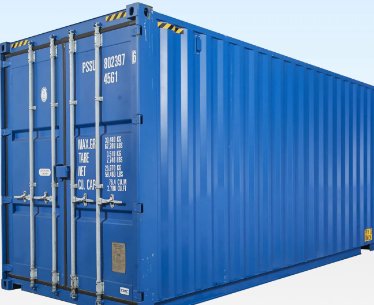In a world where the traditional office landscape is constantly evolving, a novel trend is gaining momentum – the transformation of shipping containers into collaborative office spaces. This innovative approach, bridging the gap between industrial pragmatism and contemporary design, is redefining the concept of work environments and fostering a culture of creativity and collaboration. shipping container office
The journey from cargo to collaboration begins with the adaptive reuse of shipping containers. Once tasked with the singular purpose of transporting goods across the seas, these sturdy metal structures are now undergoing a metamorphosis, emerging as dynamic, modular office spaces that challenge the conventions of traditional workplaces.
One of the key drivers behind this transformation is the flexibility that shipping containers offer. Their modular design allows for easy customization, enabling architects and designers to create unique office layouts that cater to the collaborative needs of modern businesses. Whether configured as open workspaces, meeting rooms, or breakout areas, shipping container offices provide a canvas for creative thinking in the realm of office design.
The sustainability aspect is another compelling factor propelling the trend of transforming shipping containers into offices. Repurposing these containers reduces the demand for new construction materials, minimizing the environmental impact associated with traditional building practices. This commitment to sustainability aligns with the growing awareness of corporate responsibility, offering businesses an opportunity to create eco-friendly workspaces.
The speed of deployment is a notable advantage of container office transformations. Traditional construction projects often entail lengthy timelines, but the modular nature of shipping containers allows for rapid setup and installation. Businesses can swiftly adapt to changing spatial needs, responding dynamically to growth or changes in team structures without the delays typically associated with construction projects.
Collaboration is not just facilitated within the container walls; it extends to the outdoor environment as well. Container offices are often designed with open-air spaces, balconies, or rooftop terraces, providing employees with areas for collaboration, relaxation, and creative brainstorming. This integration of indoor and outdoor spaces fosters a holistic approach to work-life balance and encourages a sense of community among coworkers.
Beyond their functionality, shipping container offices contribute to a unique and modern aesthetic. The industrial look of containers, combined with contemporary design elements, results in work environments that are visually striking and conducive to innovative thinking. The blend of industrial pragmatism and artistic design creates a distinctive atmosphere that can inspire creativity and collaboration among team members.
In conclusion, the transformation of shipping containers into collaborative offices signifies a departure from the traditional office paradigm. This trend encapsulates adaptability, sustainability, and a commitment to fostering collaboration in the modern workplace. As businesses seek innovative solutions for their office spaces, the journey from cargo to collaboration exemplifies how repurposing shipping containers can breathe new life into work environments, turning them into hubs of creativity, innovation, and shared ideas.
